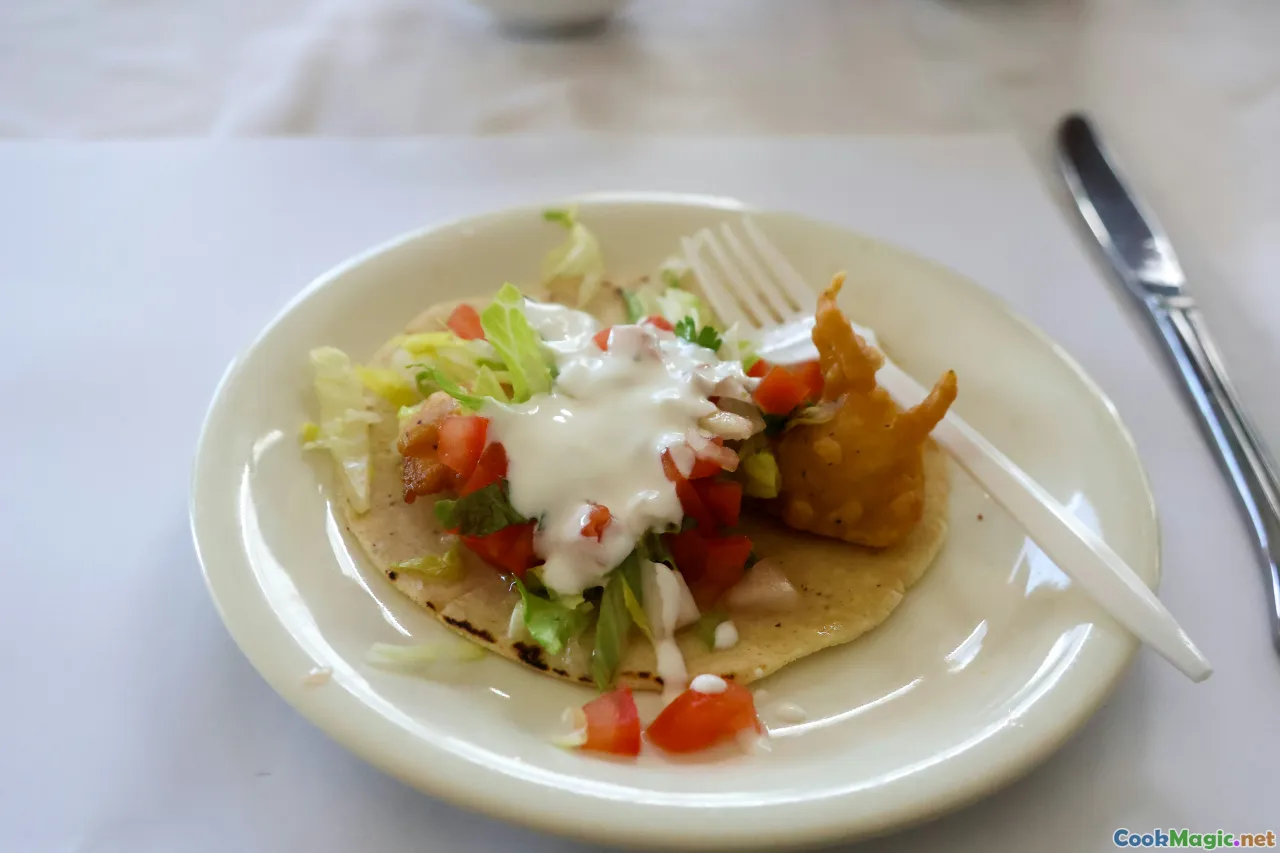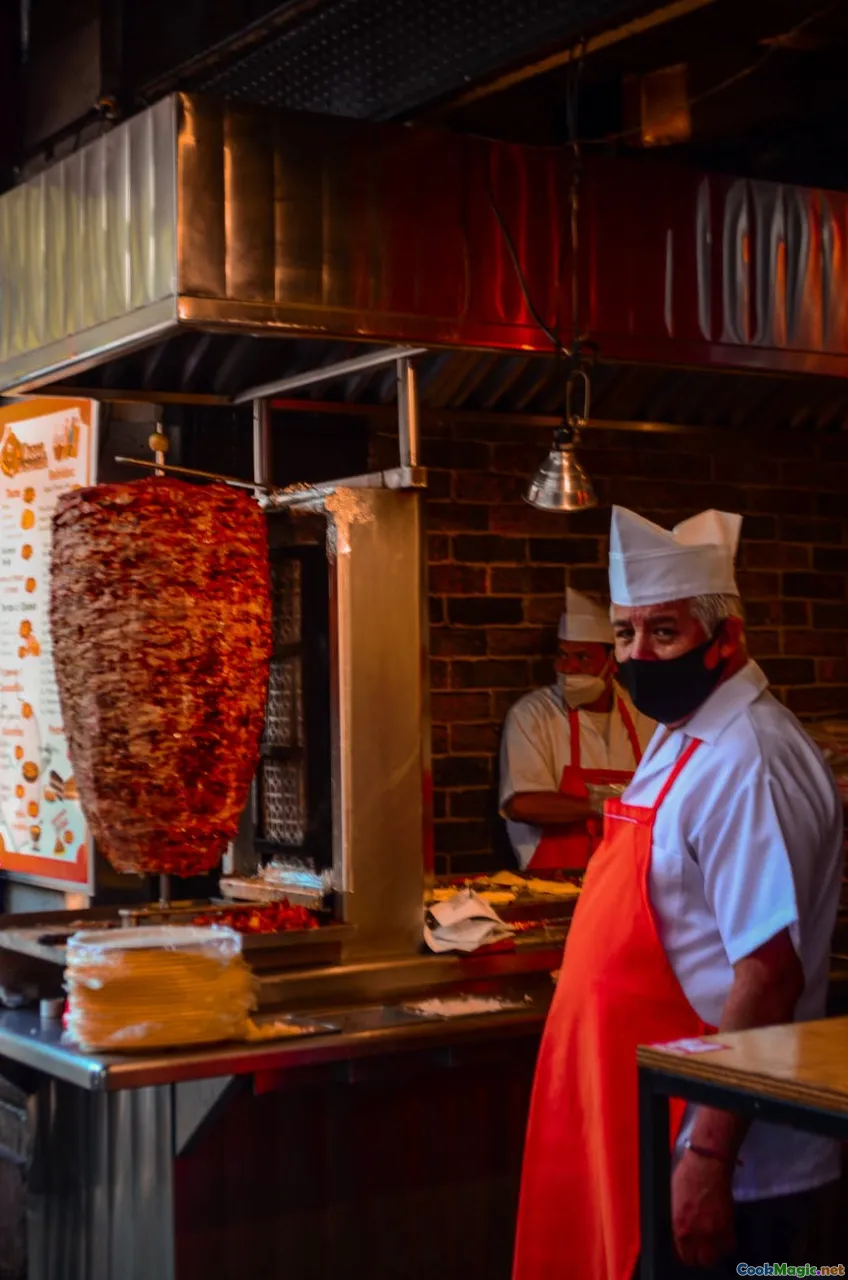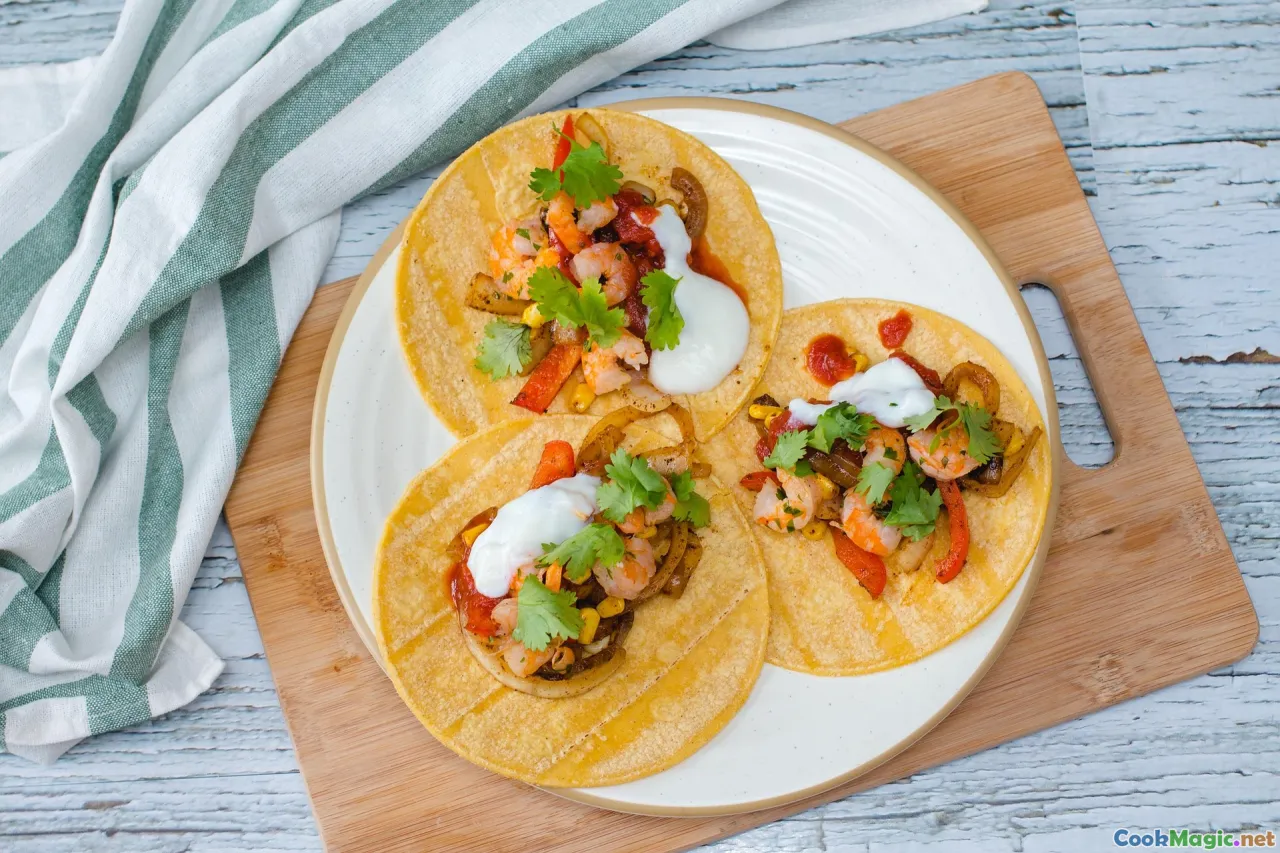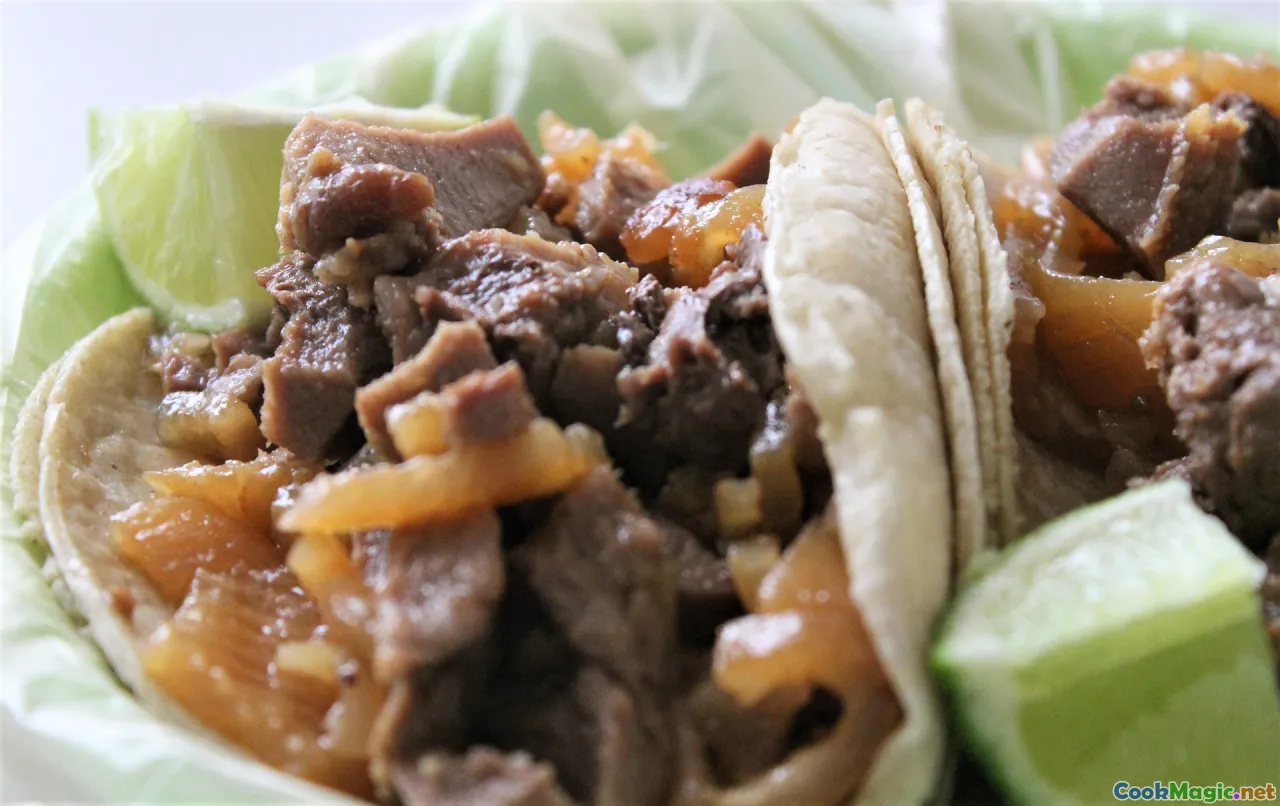Balancing Textures in Tacos for Culinary Impact
10 min read Explore how combining textures elevates tacos, creating an unforgettable culinary experience through thoughtful ingredient contrasts and innovative approaches. June 19, 2025 03:05
Balancing Textures in Tacos for Culinary Impact
Few dishes encapsulate the vibrant riot of Mexican cuisine as vividly as the taco. From street corner stalls in Oaxaca to sophisticated Mexico City taquerías, tacos are humble yet complex, offering layers of flavors and textures that awaken the senses. As a passionate culinary explorer, I believe the secret to elevating a good taco to a memorable experience lies not only in its ingredients but critically in the balance of textures. This harmonious interplay transforms each bite from mere sustenance to an artistry that reflects Mexico's rich culinary history.
In this exploration, we delve into the nuanced world of textural balance in tacos, uncover how to craft them with sensory harmony, and share insights from culinary traditions that illuminate the profound roles of texture in Mexican cuisine.
The Cultural Significance of Texture in Mexican Tacos

Mexican cuisine, deeply rooted in indigenous ingredients and Spanish influence, showcases an intricate dance of flavors and textures. Historically, tacos have served as a portable, adaptable meal—one that exemplifies resourcefulness and regional identity. The texture component isn’t arbitrary; it reflects geographical differences, local ingredients, and cultural stories.
Ancient communities relied heavily on masa (corn dough), which when turned into tortillas, provided a chewy, pliable foundation—serving as both vessel and edible element. Over centuries, regional tweaking evolved: from the crispy, fried fish tacos of Baja California to the soft, al pastor-laden tacos of Mexico City.
The importance of texture becomes clear when you consider how different regions emphasize some elements more than others. Coastal tacos tend to incorporate crispy fried seafood or shellfish, contrasting with the soft tortillas and delicate raw ceviche toppings. In contrast, inland, slow-cooked meats and stews often bring tender, melt-in-your-mouth fillings that contrast with the firm, sometimes toasted masa. These differences evoke a sensory map where texture is intertwined with history.
Crafting the Perfect Textural Balance: Fundamental Principles

Achieving the ideal textural balance in tacos requires an understanding of core principles:
- Contrast vs. Harmony: Balance crisp with tender, creamy with crunchy, dense with light. The goal is to create a dynamic bite that excites repeatedly.
- Layering Ingredients: Proper stacking ensures that each bite delivers a spectrum of textures—think crispy shell, juicy filling, crunchy toppings, and soft tortillas.
- Alignment with Flavor: Texture choices should complement flavors. For instance, a spicy salsa benefits from a cooling, creamy element like avocado or queso fresco.
- Temperature Play: Incorporate temperature contrast—hot, crispy bits alongside cold, fresh ingredients enhances perceptual layering.
Let me illustrate these principles using a classic example: a Tacos de Cochinita Pibil. The tender pork slow-cooked with achiote paste often melts in the mouth, but the addition of pickled red onions offers a bright, crunchy counterpoint. The crisp pickles refresh the palate and provide a satisfying bite that elevates the entire dish.
Techniques to Achieve Textural Excellence in Tacos

Turning theory into practice demands specific techniques:
1. Frying for Crunch
Crispy textures immediately elevate tacos. The Baja fish taco exemplifies this with battered, fried white fish offering a golden, crispy exterior. Achieving this involves high-quality oil, precise temperature control, and proper battering (light vs. heavy batter depending on desired crunch).
2. Toasting and Grilling
For meats like carne asada or al pastors, a quick char on a grill adds caramelized bits that are smoky and chewy. This slight charring not only enhances flavor but introduces a desirable contrast to softer fillings.
3. Pickling and Quick Fermentation
Quick pickles—onions, jalapeños, and radishes—bring a crunchy, acidic burst. The tang cuts through rich fillings, balancing fat and flavor. I recommend slicing vegetables thinly and immersing them in vinegar solutions for at least 30 minutes.
4. Incorporating Elements of Creaminess and Crust
Creamy cheeses, guacamole, or sour cream smooth out the bite, especially in tacos with spicy fillings. Conversely, incorporating toasted seeds or crispy tortilla chips as toppings offers unexpected crunch.
5. Adjusting Tortilla Texture
The tortilla itself plays a pivotal role. Freshly made corn tortillas are pliable and slightly chewy, perfect for soft tacos. For street style, lightly toasted or even crispy shells can add an entirely different experience. Warming tortillas gently enhances flexibility, preventing unwanted tearing or sogginess.
Real-World Examples of Texture Balance

Some memorable tacos exemplify masterful texture balancing:
-
Carnitas Tacos: Juicy, shredded, slow-cooked pork rendered with a crispy edge—imagine a tender interior cracked with bits of caramelized, crispy outer layer. Topped with diced onions, cilantro, and a squeeze of lime, each element offers a contrasting mouthfeel.
-
Baja Fish Tacos: Lightly battered white fish fried to golden crisp, topped with crunchy cabbage slaw and creamy sauce. The combination of crispy and silky textures, along with refreshing citrus, typifies nautical coastal Mexican cuisine.
-
Vegan Tacos: Charred portobello mushrooms, softened with smoky chipotle, paired with crunchy jicama slaw and smooth cashew crema, showcase textures that appeal across dietary choices.
The Personal Touch
To me, the essence of perfect taco texture is experiential. When I bite into a well-crafted taco, I want to feel the crisp shell give way to tender meat, cool contrasting elements, and fresh crunch—each layer loud in harmony yet distinct.
Places Where Texture is Celebrated

Some renowned spots elevate the art of textural balance:
- El Vilsito, Mexico City: Known for its al pastor, where the marinated, spit-roasted meat has a caramelized exterior contrasting with flavorful, tender innards.
- Taco Playa, Baja California: Seafood tacos featuring crispy grilled fish or shrimp combined with cool, tangy sauces—mesmerizingly balanced.
- Street Vendors in Oaxaca: Here, the tlayudas or memelas often offer a crunchy edge contrasted with softer toppings like Oaxacan cheese, beans, and grasshopper toppings—proof of textures woven into tradition.
Putting It All Together: Crafting Your Own Texturally Balanced Tacos
Starting with a clear intention is key. Choose your fillings and toppings based on contrast and complement. Keep your tortillas fresh—warm and pliable—and layer ingredients thoughtfully.
Practical tips:
- Always include at least one crunchy element—be it fried, toasted, or pickled.
- Balance richness with acidity and freshness.
- Use temperature contrasts deliberately.
- Taste as you assemble—think about the experience with each addition.
And don’t hesitate to experiment. Perhaps a layer of crispy roasted corn, juxtaposed with silky avocado, topped with a cool shred of slaw, can create an entirely new profile.
As with all culinary art,.textural harmony transforms each taco from a mere assembly into a narrative—a story of Mexico’s bounty, its history, and its unyielding zest for sensory delight. The next time you indulge in a taco, ponder the textures, celebrate their interplay, and let them tell their story.
Buen provecho!









